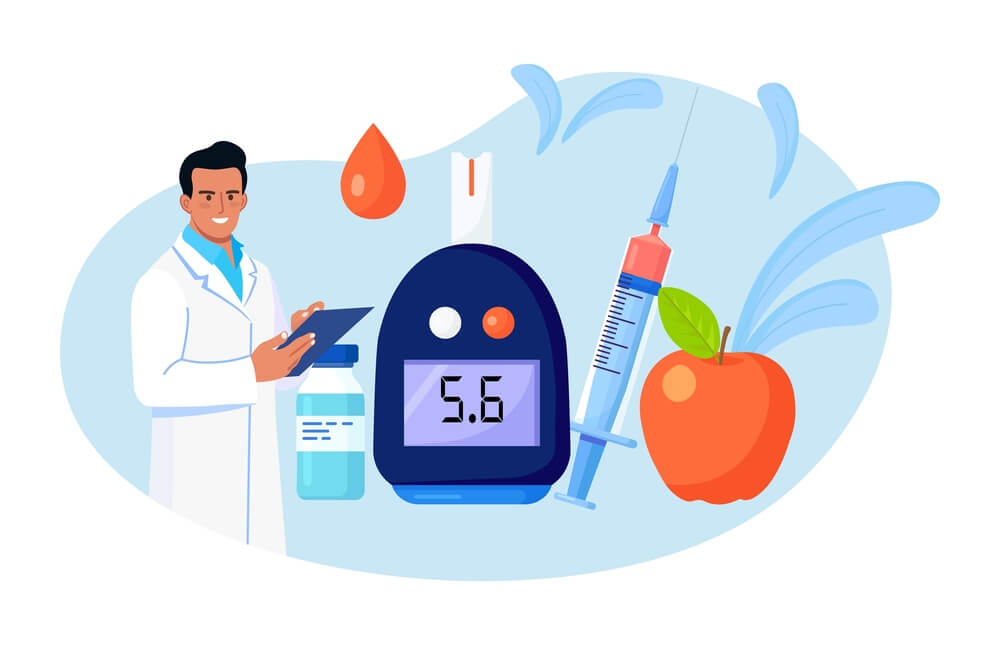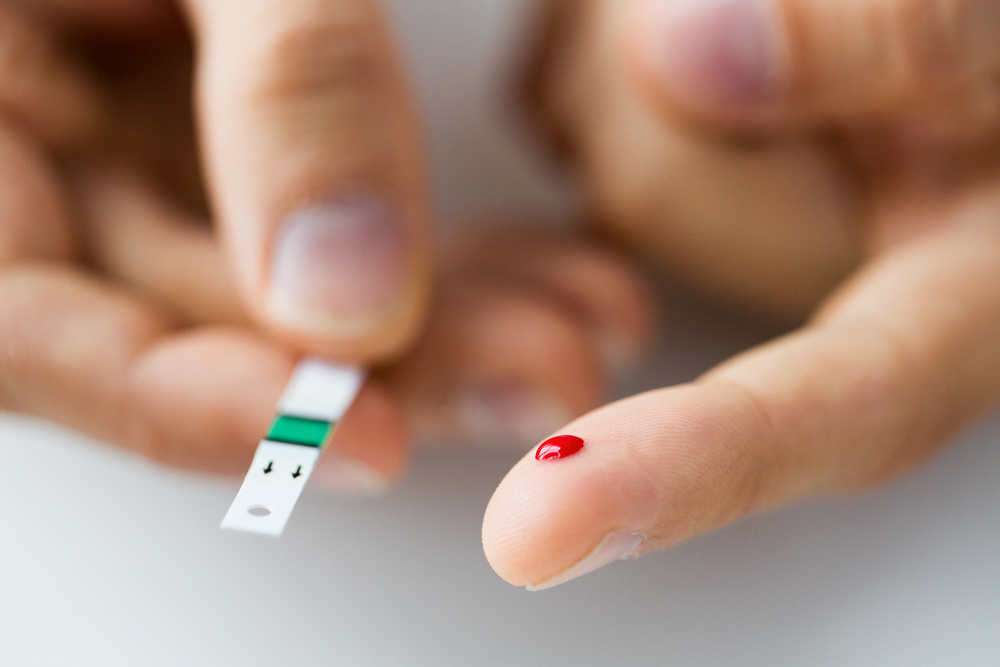
What Are The Benefits Of Remote Diabetes Monitoring?
Thirty-seven million individuals in the United States live with diabetes as of 2022. These numbers show a continuous increase, with slim chances of a decrease. Ranking number nine on the World Health Organization’s list of the top ten diseases, diabetes is the leading cause of death worldwide.
Although the healthcare sector has made considerable efforts for its abatement, the sheer number of diabetic patients makes monitoring blood glucose levels, devising the most appropriate care for diabetic patients, and administering insulin usage an arduous task. However, diabetes remote patient monitoring has allowed substantial getaways in this domain by introducing tools that can help healthcare practitioners provide higher quality healthcare than before.
Implementing remote diabetes monitoring
Implementing a diabetes remote patient monitoring plan entails supplying patients with the necessary diabetes home monitoring software and services. These services may include technology such as an insulin delivery method, a personal glucometer, and related software that allows communication between the monitor and the pump that determines the right amount of glucose to administer for Type I diabetic patients.

Similarly, people with type II diabetes can use digital blood glucose monitors to collect and wirelessly transmit daily blood glucose levels to a safe and secure HIPAA-compliant web portal. When received, this data is monitored and analyzed for negative patterns and trends that can result in potential complications. Once identified, the system sends real-time alerts to the appropriate healthcare professional so they can follow up with the patient.
Benefits of continuous glucose monitoring
Continuous glucose monitoring offers substantial benefits for both medical health professionals and their patients. This seamless patient monitoring system allows them the following advantages:
Collect Real-Time Data
Remote diabetes monitoring allows insight into a diabetic patient’s day-to-day health. Before the advent and widespread use of diabetes RPM, medical professionals were only able to detect non-compliance or risk of complications in a diabetic patient when the patient developed prominent symptoms that prompted them to hold a scheduled appointment. In some cases, severe and sudden symptoms force them to initiate an unscheduled appointment or lead to hospitalization. Patients generally waited until the disease progressed considerably before undertaking a medical intervention.
Offer prompt intervention opportunities
The diabetes patient monitoring system triggers an alert upon the detection of a potential risk factor. If required, this alert escalates to the physician, who addresses them promptly to help reduce a diabetic patient’s chances of worsening symptoms. Depending upon the situation, the healthcare practitioner can take immediate steps from their current location, whether scheduling an in-person appointment or holding a telephonic conversation.
Reduce readmissions
Hospital readmissions cost the healthcare industry more than $528 million yearly in Medicare and Medicaid penalties until recently. Remote patient monitoring has now reduced readmissions by up to 50% in various cases, making it highly attractive for healthcare professionals who are always looking for tools that can help improve healthcare administration.
Increase In Profitability
Diabetic remote patient monitoring offers healthcare providers the opportunity of generating higher revenue from reimbursements while trimming the cost of staffing, overheads, and supplies for in-person visits. Higher staff productivity, enhanced workflow efficiencies and decreased admin costs all allow enhanced profitability, decreased billing errors, and boosted net patient revenue, all leading to a strong ROI for a healthcare practice.
Increased competitive advantage
Remote diabetes monitoring systems allow healthcare providers to increase their competitive advantage by elevating existing patient retention and attracting prospective patients. Healthcare practices that offer consumer-driven and convenient care for diabetic patients greatly benefit from augmented revenue and referrals. Additionally, a healthcare practice can enhance its position and credibility in the industry through technologically advanced diabetes home monitoring devices.
Increased access to care
Diabetes is a non-discriminatory disease and thus affects people of all races, colors, backgrounds, and income levels. Most patients face difficulties scheduling frequent in-person doctor visits because of transportation constraints or financial hurdles. Therefore, diabetes remote patient monitoring offers a flexible and convenient way to enhance healthcare access for rural patients or those with restricted mobility. It also cuts the inconvenience and expense of parking, travel, childcare, and time off work.
Address the shortage in healthcare
The healthcare sector is facing a considerable shortage of healthcare workers in the aftermath of the COVID-19 pandemic. A report shows that the medical staff turnover in October 2021 increased from 18% to 30% since the start of the pandemic. Combined with the increasing number of insured patients, this scenario paints a dismal picture that can only be addressed by remote patient monitoring. Diabetes remote patient monitoring is an indispensable way of addressing the shortages the healthcare industry faces.
[…] Remote patient monitoring is highly effective as continuous patient monitoring of several chronic illnesses and medical conditions help patients manage health issues, avoid unprecedented complications, and ensure optimal wellness. […]